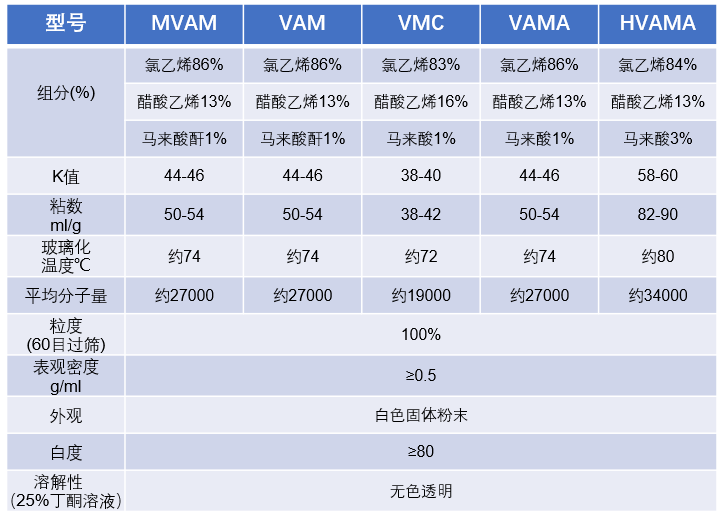Polyurethane grade high elastic ink is made of polyurethane elastomer with high temperature resistance as the main raw material. It has excellent tensile and weather resistance. It is also suitable for the hot stamping production of fine patterns and lines. It is a solvent based heat transfer ink with high temperature resistance and no deformation.
Polyurethane (PU) is a kind of polymer whose main chain contains - nhco0 repeated structural units. It is polymerized from isocyanate (monomer) and hydroxy compound. Because of its strong polar carbamate group, which is insoluble in non-polar group, it has good oil resistance, toughness, wear resistance, aging resistance and adhesion. Materials suitable for a wide temperature range (- 50 - 1500 ° C) can be prepared from different materials, including elastomer, thermoplastic resin and thermosetting resin. It is not resistant to hydrolysis and alkaline medium at high temperature.
The addition of polyurethane resin in ink can improve the wettability of ink to pigment, and has good film-forming property. The ink film is firm and wear-resistant, and is mostly used in the manufacture of offset ink.
Solvent based polyurethane ink binder has the advantages of simple use, stable performance, strong adhesion, excellent glossiness, good heat resistance, etc. it can meet the requirements of various printing methods, especially for screen printing, plastic packaging and composite film. The polyurethane resin used in ink is generally formed by the reaction of polyester / polyether polyol and isocyanate, with a molecular weight of about 20000-40000. The main solvents are benzene, ketone and ester. In the research and development process, the corresponding benzene free ink resin can be prepared by using ketone ester solvent or alcohol ester solvent according to the environmental requirements of ink factory and printing factory.
The characteristics of polyurethane resin for ink are as follows:
① Excellent yellowing resistance.
Polyurethane resin for ink is mainly synthesized from aliphatic polyester and aliphatic isocyanate in the preparation process. Compared with aromatic polyurethane, it has excellent optical stability, and the film has excellent yellowing resistance.
② Excellent adhesion fastness to film substrate.
Polyurethane resin for ink contains polar groups such as carbamate, urea formate, ester bond and ether bond in its molecular chain segment. It forms hydrogen bond with the polar groups on the surface of plastics such as pet and PA, and then forms a joint with constant connection strength. After the polyurethane resin is made into ink, it has good adhesion fastness on the surface of polar plastic substrate.
③ It has good affinity and wettability with pigment / dye.
Polyurethane resin for ink is generally prepared by polyester or polyether polyol, alicyclic diisocyanate and diamine / diol chain extender. Due to the introduction of urea bond into PU resin, polyurethane urea resin (PUU) is formed, which has good dispersing and wetting properties for pigment.
④ Good resin solubility.
Polyurethane resin for printing ink has good compatibility with aldehydes and ketones, chloroacetates and so on. It can be added properly in the process formula according to the actual situation to improve the comprehensive performance of printing ink.
⑤ Excellent film-forming performance.
The structure of polyurethane resin for ink is different from that used in other fields. The traditional polyurethane mainly reacts with polyester polyol / polyether polyol and isocyanate to form hydroxyl terminated polyurethane resin, In the molecular structure, the polar group is mainly urethane, and the molecular cohesion is insufficient to meet the film-forming performance requirements of the resin for ink. Therefore, the polyurethane resin for ink is added with chloroacetate resin on the basis of the traditional polyurethane to greatly improve the cohesive strength and film-forming performance of the resin itself.
⑥ The wide solubility and good solvent release of organic solvents.
The dissolving effect of organic solvent on resin is to attract solute molecules through the polarity of solvent molecules, which is commonly referred to as similar phase dissolving. Traditional polyurethane resin has a wide range of solubility to organic solvents, ketones, esters, benzene and other non-alcoholic organic solvents are excellent solvents. However, in the process of making ink, in order to adjust the flow performance and viscosity of ink, it is necessary to add alcohol organic solvent, which will greatly reduce the stability of the resin system for the traditional polyurethane resin, and there will be turbidity, flocculent precipitation and other insoluble phenomena. However, polyurethane resin for ink can be soluble with alcohol due to the presence of urea group. However, it should be noted that alcohol solvent is still a false solvent. In the micro state, alcohol solvent wraps the polyurethane resin molecules, rather than the true solvent, because the molecular polarity runs through the molecules, making the ink made of polyurethane resin have good liquidity.

Copyright:@2020-2021
Comments Please sign in or sign up to post.
0
0 of 500 characters used